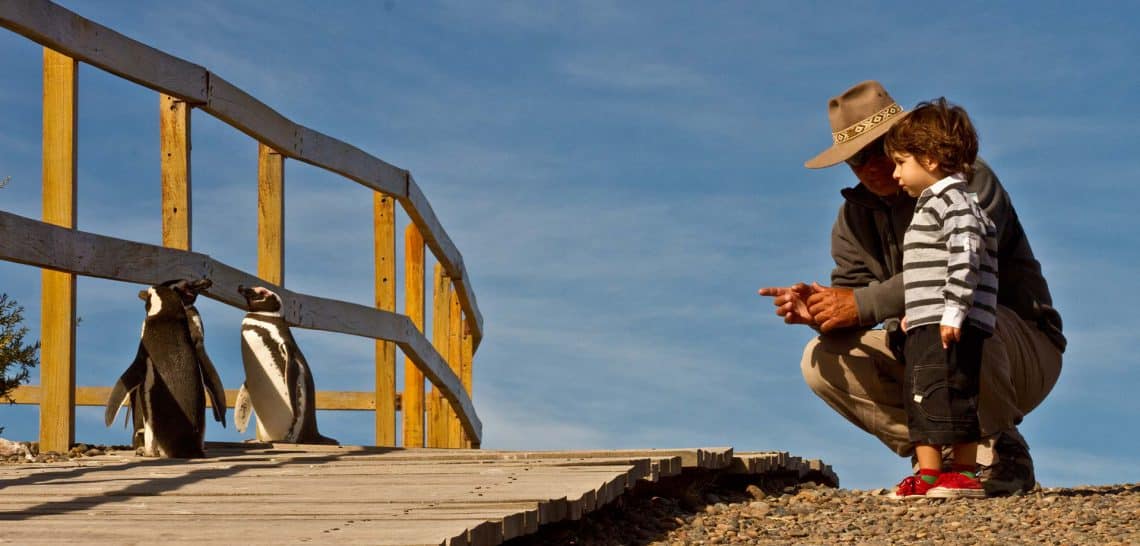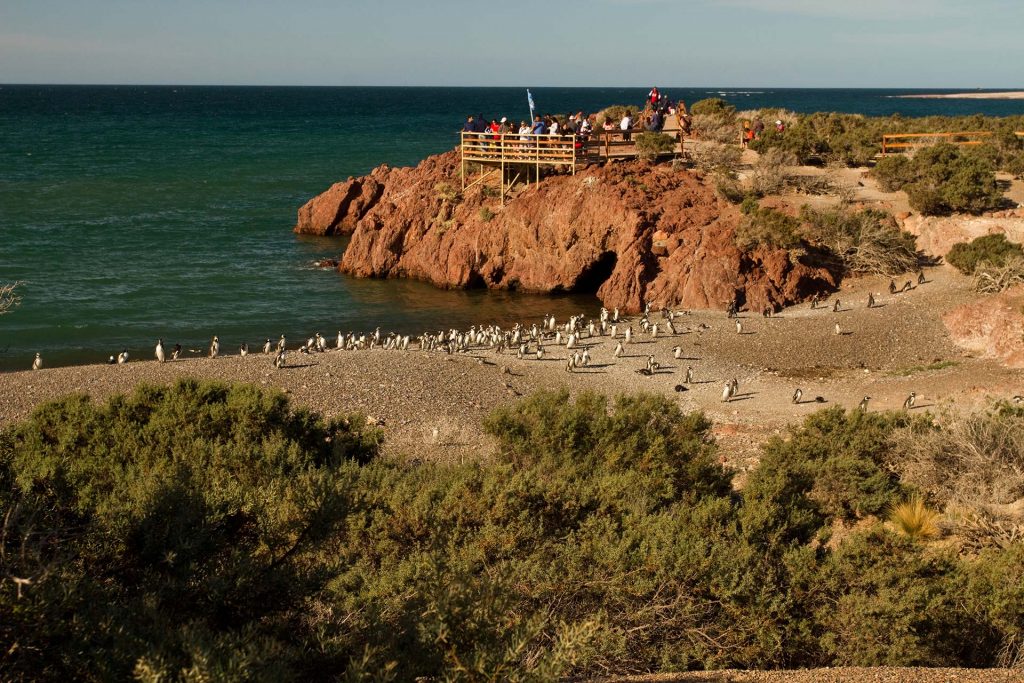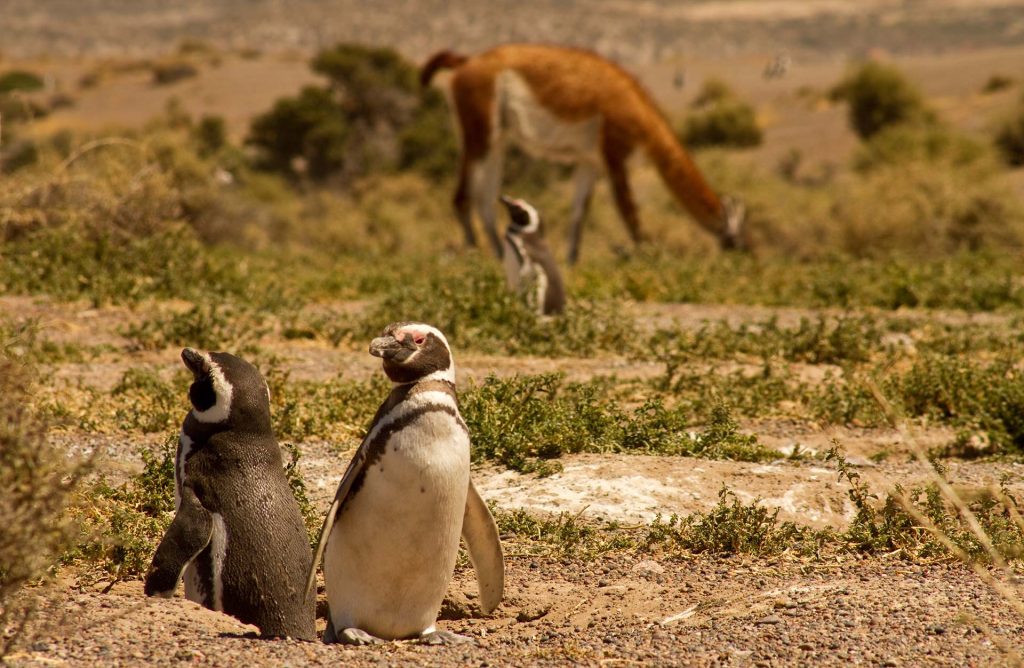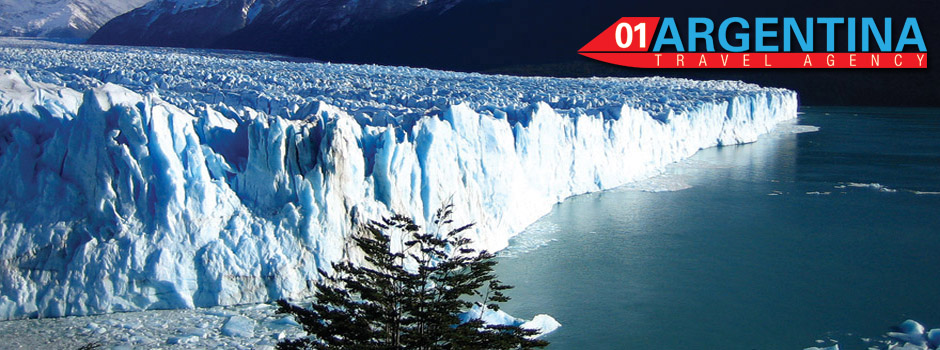The reserve shows for this season the «Path of the Penguin colony», which has 3 kilometers round trip, with different viewpoints to observe, photograph and enjoy the landscape in front of the sea and in the middle of the nests.

The Punta Tombo Protected Natural Area, located 100 kilometers south of the capital of Chubut, was enabled to the public before the arrival of the first sleeves of Magellanic penguins after two years without receiving visitors due to the pandemic.

The Minister of Tourism and Protected Areas of Chubut, Néstor García, celebrated in dialogue with Télam the return to activity in the penguin colony “where the first specimens are arriving healthy, strong and without signs of oiling”.
Punta Tombo Penguin Trail
The reserve shows for this season the «Path of the Penguin colony», which has 3 kilometers round trip, with different viewpoints to observe, photograph and enjoy the landscape in front of the sea and in the middle of the nests.
“I had the opportunity to talk with the first tourists who arrived in this 2021 season, which are María and Hernán, from the Federal Capital, who received free access as recognition,” said García.
Regarding the trails and maintenance works, the official explained that the ministry developed actions “so that the public’s experience is better every day in terms of tourism and environmental awareness, incorporating something every year, in this case informative posters and well-maintained gazebos.

Punta Tombo will be open for now from Monday to Friday from 8 a.m. to 6 p.m. and does not require a prior reservation, they indicated from the tourism area.
Also, it was explained that it has an Interpretation Center that will open in October and that invites you to be part of a journey from the bottom of the sea to the surface and its coexistence with the current fauna.
The penguins are arriving little by little to Punta Tombo
The penguins are arriving “by sleeves” to the reserve to start shortly the stage of mating, incubation and training of the new generations and, unlike what happened last year due to the pandemic, this time it will not be left out of the sight of tourists.
The reserve has an area of 210 hectares that becomes the most populated on the continent with more than a million penguins when the family is complete.
The specimens of “Spheniscus magellanicus”, such its scientific name, are very friendly and allow photographs to be taken, filmed or viewed from very close.
What else can be seen in the Punta Tombo Reserve
To the central attraction of the penguins is added the coexistence with a varied fauna of seabirds, such as cormorants, kelp gulls, southern gulls, terns, skuas and oystercatchers.
Other birds typical of the Patagonian steppe also roam the reserve, such as choiques, martinetas, chingolos and calandrias, and the area’s mammals such as guanacos, maras, foxes, piches and furry birds, and other scavengers, complete the picture of the active ecological colony. the eggs.
The first specimens to arrive are the male penguins, who immediately begin to recondition their nests, and then the females begin their “landing”, which in a few weeks will begin to lay two eggs and after 40 days of shared incubation with the male, the young will watch over the birth.

Both females and males preserve the nest and feed the young with anchovies and squid.
These chicks are born covered with a dark gray down that in February they change it for a juvenile plumage that will allow them to make their first forays into the sea to look for their own food while waiting to acquire the adult plumage they will obtain -if they survive the harsh conditions. – just next year.
García, who was also an agent in the reserve in his first years of activity, recalled in dialogue with Télam that “experience indicates that penguins arrive by sleeves, a small group appears and 10,000 or 20,000 specimens come to immediately look for their nest, generally the same one they occupied last year. ‘



